Do you know how plants adapt them in hydrophytic and xerophytic conditions?
From the very beginning of the formation of the earth, the environment is changing day by day. As a result, each and every organism in here, need to make itself fit with the changes happening around. From that perspective, adaptation is compulsory and must present an issue in every organism born and surviving here. It is a process in which living beings adapt themselves to the nature or ecosystem by developing new functions, organs, structures, and so on.
In this article, we have discussed the adaptation process and features in hydrophytic and xerophytic plants.
- Related article- Adaptation of Plants.
Hydrophytes Adaptations
There are a lot of plants around you, those merely grow in the water, which means in aquatic conditions. Plants that grow in water partially or completely are known as aquatic plants or Hydrophytes. Water may be fresh or saline.

Morphological Adaptation of Hydrophytes
- Roots may completely be lacking (Wolffia, Utricularia) or feebly developed (Hydrilla).
- Root hairs are absent (Lemna) or feebly developed.
- Root caps may be absent or root pockets are present (Eichhornia).
- Roots are generally fibrous type and adventitious, unbranched, or sparsely branched.
- The stem is long, slender, weak, spongy, and flexible type in submerged hydrophytes.
- The stem is short, stoloniferous, thick, and spongy, with extensive parenchyma in free-floating plants.
- Root to shoot ratio is less than 1.
- Leaves may arrange in alternate phyllotaxy (Potamogeton) or opposite (Cabwoman) or whorled (e.g. Hydrilla sp.).
- Stomata are present on the upper epidermis which is in contact with air. The gaseous exchange takes place through this stomata. The lower surface is in touch with water.
- The upper leaf surface in floating leaves is coated with wax. Wax prevents wilting.
- Partially submerged plants show heterophylly (presence of different types of leaves) e.g. Ranunculus aquatilis.
- A smooth layer of mucilage covers the entire body of hydrophytes.
- The flowers and seeds are less abundant.
- Reproduction is mainly by vegetative methods.
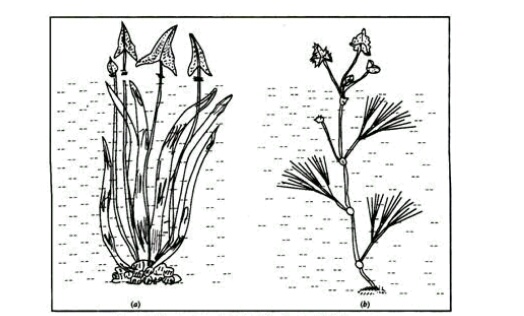
Anatomical Adaptation of Hydrophytes
- Excessive development of parenchyma and elaborate system of aerenchyma (air spaces are huge) is present in hydrophytes.
- Poor development of vascular and mechanical tissues.
- Cuticle absent or poorly developed.
- Stomata are completely absent in submerged leaves.
- There is chlorophyll present in all the tissues.
- Mucilage canals and mucilage cells are present which secrete mucilage to protect the plant body.
- The reserve food is in the form of starch grains which occur in the cortex and pith.
- There are Cystoliths (sclereids) of various shapes in leaves and other tissues.
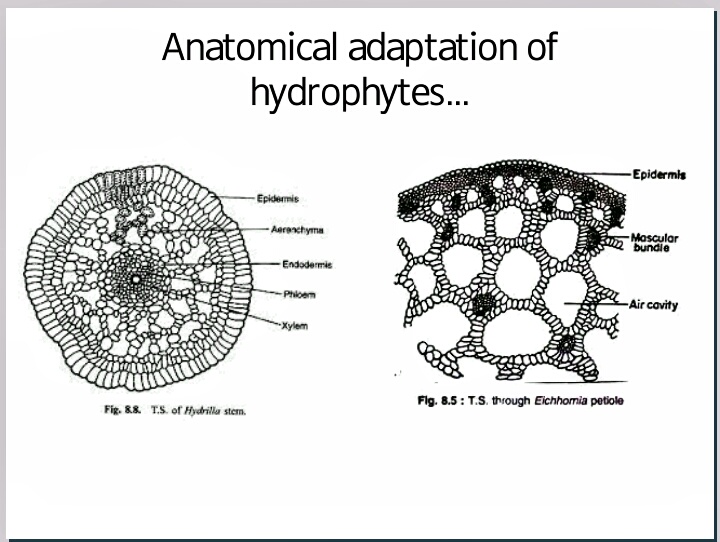
Xerophytes Adaptations
Xerophytes are plants that are adapted to dry or desert areas. They are a type of succulent plant. To survive these harsh conditions they have special features. For example, a cactus has white hairs which help it to prevent water loss.
Some common examples of xerophytes are Casuarina and Asparagus.
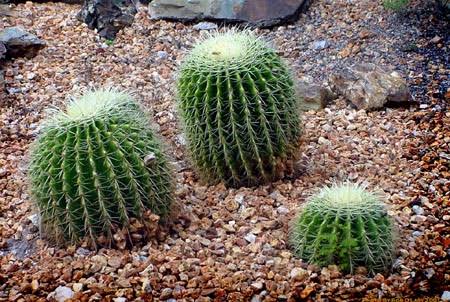
Morphological Adaptation of Xerophytes
1. Xerophytes have a well-developed root system, with root hairs and root caps.
2. The roots are fasciculated.
3. Stems are usually stunted, woody, dry, hard, ridged, and covered with thick bark, which may be underground, e.g. Saccharum. In Opuntia phylloclade is covered with spines.
4. Stem is covered with a thick coating of wax and silica or dense hairs.
5. Stems may be modified into a thorn e.g. Ulex or cladodes e.g. Asparagus.
6. Leaves are very reduced, small scale-like, sometimes modified into spines or scales e.g. Casuarina, Asparagus.
7. Lamina may be narrow or needle-like e.g. Pinus or divided into many leaflets e.g. Acacia or succulents e.g. Aloe.
8. The ratio of root and shoot is more than 1.
Anatomical Adaptation of Xerophytes
- Xerophytes have well-developed vascular and mechanical tissues.
- A thick cuticle is present in the epidermal layer.
- Sunken stomata are present.
- Leaves are succulent (e.g. Aloe sp.).
- Multilayered epidermis (e.g. Nerium sp.), sclerenchymatous, and several layered hypodermis (e.g. Pinus sp.) are present.
- The mesophyll is well differentiated.
- Spongy parenchyma and palisade parenchyma are present.
- The stomata open during night hours and remain closed during the day. This unusual feature is associated with the metabolic activities of these plants.
- The chemical compounds of cell sap are converted into wall-forming compounds (e.g. Cellulose, Suberin, etc.)
- Some enzymes, such as catalases, and peroxidases are more active in xerophytes than in mesophytes.
- Xerophytes bear hardened protoplasm that resists heat and desiccation. This feature enhances the capacity of xerophytes to survive in a long period of drought.
- Xerophytes have very high osmotic pressure. This high osmotic pressure increases the turgidity of the cell sap.
Difference
| Hydrophytes | Xerophytes |
| Roots lacking or feebly developed. | Well-developed root system. |
| Root hairs are absent or feebly developed. | Hairy roots present. |
| Root caps are absent. | Root caps are present. |
| Roots are fibrous type and adventitious. | Roots fasciculated. |
Stem-
|
Stem-
Woddy, covered with bark, may be modified into thorns or cladodes. |
| Root to shoot ratio is less than 1. | Root to shoot ratio is more than 1. |
| Leaves are floating with stomata. | Small scale-like leaves. |
| The entire plant body is covered with mucilage. | Mucilage covering is absent. |
Written by
Tarek Siddiki Taki
 Plantlet The Blogging Platform of Department of Botany, University of Dhaka
Plantlet The Blogging Platform of Department of Botany, University of Dhaka
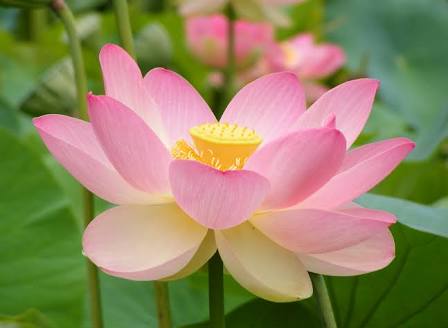

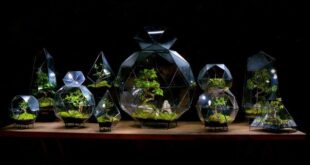
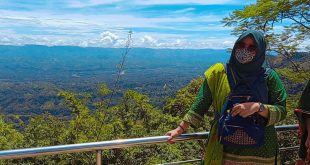

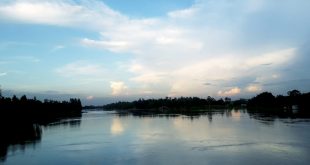
Amazing and interesting notes, keep it up